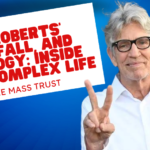There are a ton of outstanding filmmakers. Many of these filmmakers are well-known, ranging from current auteurs like Greta Gerwig, Christopher Nolan, and Quentin Tarantino to living giants like Steven Spielberg and Martin Scorsese. But by nature, a lot of the finest filmmakers live their whole lives behind the scenes. It’s challenging to set a value on what makes a great filmmaker.
There’s more to it than just producing amazing movies, though. The most inventive film directors push the limit, encourage breakthrough approaches, and revolutionize the medium.
They push every individual working on the set—actors, directors, and cinematographers—to give their greatest performance. The most amazing filmmakers generate entirely formed works of art and develop their unique styles across their catalogs.
Top 20 Film Directors
The film directors on this list have worked in comedy, drama, westerns, noir, musicals, and even animation. Just as there are excellent movies in every genre. The most talented directors are picked from a variety of domestic and worldwide marketplaces. This list contains filmmakers from the late silent and early sound period as well as some functioning presently.
Not everyone has been able to direct in the past, particularly in American movies. Even though they haven’t been given the same opportunities as white males in our field, women and people of color make up a substantial fraction of the greatest filmmakers who have conquered hurdles to tell their narratives.
Furthermore, a new generation of film directors is reinventing modern film, including Dee Rees, Jordan Peele, Ryan Coogler, Charlotte Wells, Julia Ducournau, and many more. Looking back, though, it’s crucial to grasp how directorial changes have affected who gets to be on a list like this.
1. Kurosawa Akira
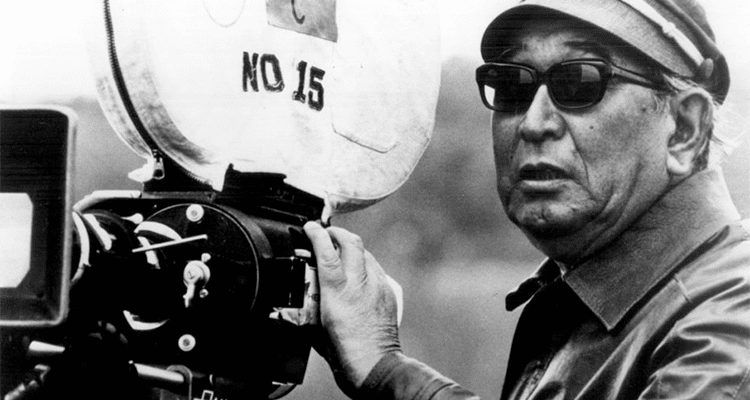
At the age of 25, Kurosawa Akira began working at Photo Chemical Laboratories in 1936, which subsequently became Toho Studios in Japan. Sanshiro Sugata, his debut feature film, was directed by him in 1943. Subsequently, he directed Drunken Angel (1948), Rashomon (1950), Seven Samurai (1954), High and Low (1963), Madadayo (1993), his thirty-first and last feature.
Throughout his almost 60-year career, Kurosawa Akira created screenplays for theater, television, and books. He was a favorite of several film directors, including Federico Fellini, Satyajit Ray, and Steven Spielberg, and he contributed to the Westernization of Japanese cinema.
George Lucas admitted that Kurosawa Akira’s 1958 feature The Hidden Fortress served as the fundamental influence for Star Wars, whereas Ingmar Bergman once referred to his movie The Virgin Spring as a “touristic… lousy imitation of Kurosawa Akira.”
The full biography here: Kurosawa Akira
2. Billy Wilder
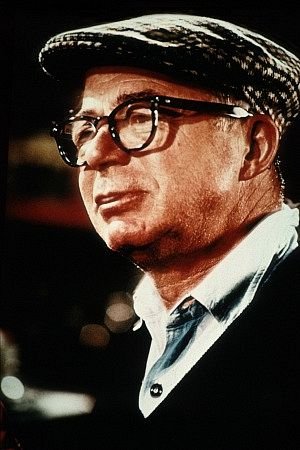
German screenwriter Billy Wilder began his cinematic career as an Austrian director. Even though the Nazis murdered a great number of his family members, Billy Wilder escaped Germany in the 1930s and established himself as one of Hollywood’s top filmmakers by the 1940s.
With classics including Double Indemnity (1944), Sunset Boulevard (1950), Stalag 17 (1953), Sabrina (1954), Witness for the Prosecution (1957), Some Like It Hot (1959), and The Apartment (1960), Wilder crossed decades and genres. He continued to work throughout the 1980s, directing Buddy Buddy, his last feature, in 1981.
The full biography here: Billy Wilder
In memory of his mother and grandparents, Billy Wilder wanted to adapt Schindler’s Ark by Thomas Keneally for his final motion film. But later, he awarded Steven Spielberg’s Schindler’s List adaptation high scores. Throughout his career, Wilder garnered 21 Oscar nominations and six wins, including two for Best Director.
3. Frank Capra
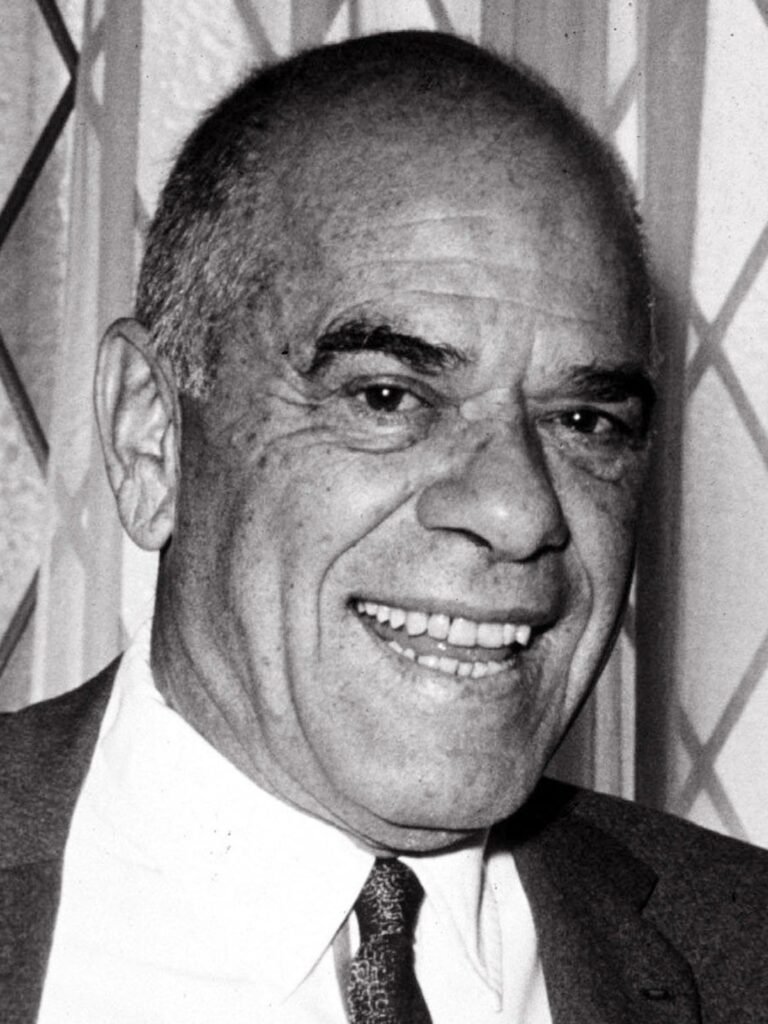
“Maybe there wasn’t an America, it was only Frank Capra,” filmmaker John Cassavetes famously observed. Capra’s films, which include Mr. Deeds Goes to Town (1936), You Can’t Take It with You (1938), It’s a Wonderful Life (1946), and Mr. Smith Goes to Washington (1939), reflect the idealism of what America could be.
Frank Capra began his career in silent comedies after migrating to the United States from Sicily at the age of five. His most beloved pictures are from the 1930s and 1940s, although he began his career with silent comedy as well.
During his career, he won five Oscars and received lifetime achievement distinctions from the American Film Institute and the film Directors Guild of America. Pocket Full of Miracles, his final theatrical release, was released in 1961. In addition to his work as a filmmaker, Frank Capra was also the President of the Academy of Motion Picture Arts and Sciences, cooperated with the Writers Guild of America, and chaired the film Directors Guild of America.
4. Director Jean-Luc Godard
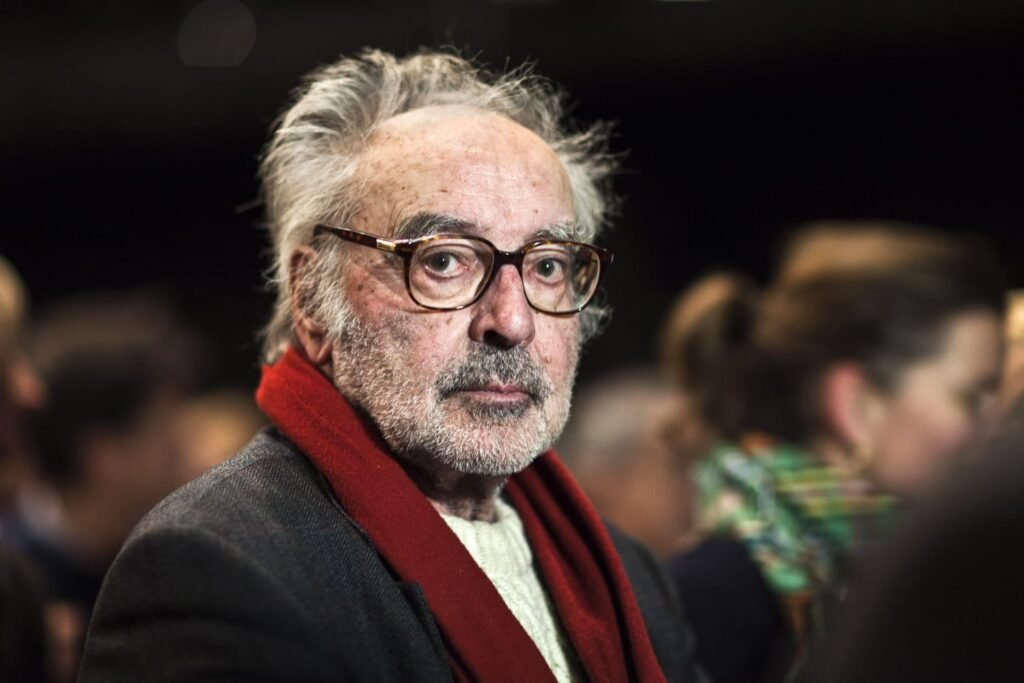
Jean-Luc Godard, another significant character in the French New Wave, was probably its most influential; a Swiss-born filmmaker, he experimented with sound design, narrative, continuity, and camera technique in many of his films, notably in his use of jump cuts and the fourth wall.
Godard was infamous for allowing his actors to completely develop their characters and for routinely beginning production without a prepared screenplay.
With a resume that includes Breathless (1960), Vivre sa vie (1962), Contempt (1963), Band of Outsiders (1964), Alphaville (1965), Pierrot le Fou (1965), Masculin Féminin (1966), Weekend (1967), and Goodbye to Language (2014), Roger Ebert praised Godard as a director of the highest caliber, saying that no other director of the 1960s had had more influence on the development of the feature-length film.
5. The director Alfred Hitchcock
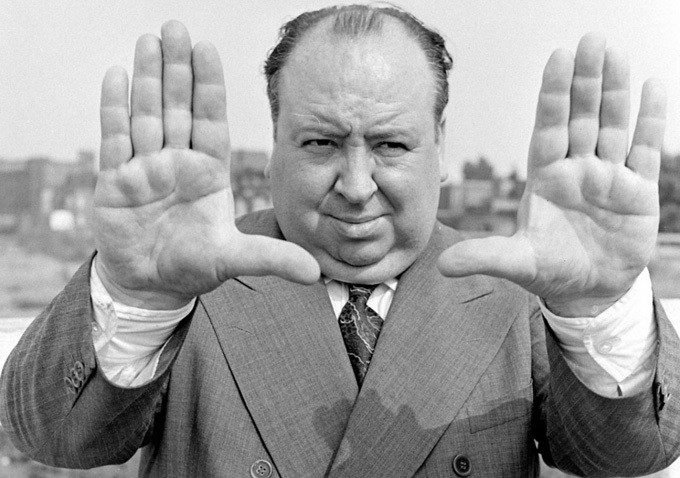
Throughout his decades-long career, Alfred Hitchcock, recognized as the “Mater of Suspense,” directed approximately 50 pictures. His work helped define and expand the thriller, suspense, and horror genres, despite his famous cruelty to his female characters. Alfred Hitchcock began his career in Britain with silent movies, some of which are tragically lost to time, but his 1929 feature Blackmail was the first British “talkie.
The adjective “Hitchcockian” is widely used to characterize films with plot twists, limited action, symbolistic gloom, Maguffins, and voyeurism, notably in the use of camera movement to imitate a person’s gaze.
Alfred Hitchcock came to Hollywood in the late 1930s and began creating movies with Rebecca (1940), which gained him his first of five Academy Award Nominations for Best Director. He went on to produce masterpieces like Suspicion (1941), Dial M for Murder (1954), Rear Window (1954), To Catch a Thief (1955), Vertigo (1958), North by Northwest (1959), Psycho (1960), and The Birds (1963).
6. Kar-wai Wong
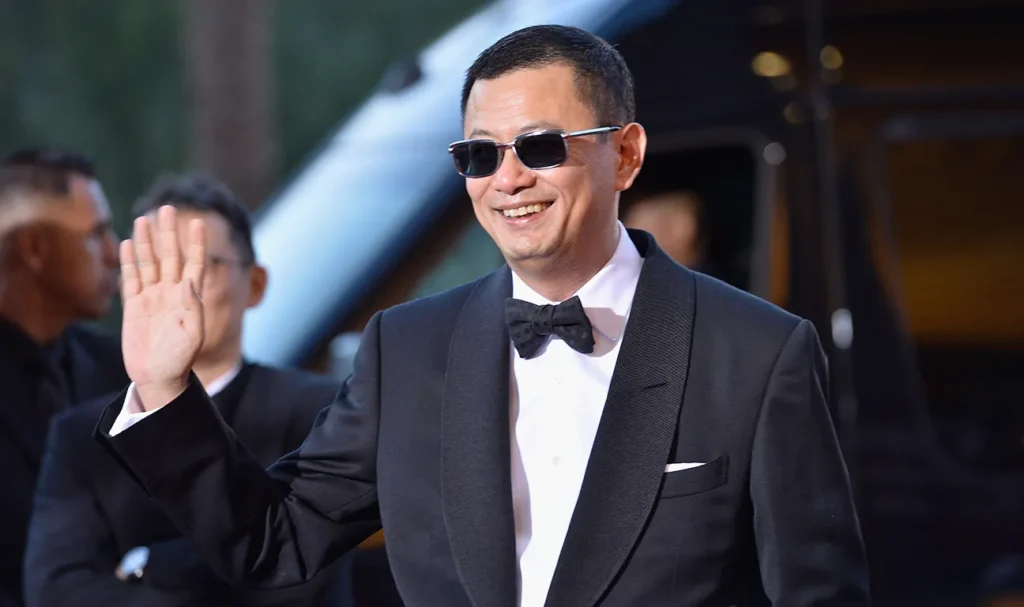
Wong Kar-wai, a Hong Kong-based director, began his career on television before directing his debut picture, As Tears Go By in 1988. His most well-known compositions include Chungking Express (1994), Happy Together (1997), and the Mood for Love (2000).
Wong has affected various film directors including Quentin Tarantino, Alejandro González Iñárritu, The Daniels, and Barry Jenkins. Wong films often have broken narrative frameworks, strong saturation, pop music, and step-printing, a method that alters film speeds.
Many of his films are often featured on “best of” lists. According to Ty Burr in the Boston Globe, Wong is the most potential successor to the great post-World War II European film directors. His work mixes the hilarity and enchantment of Godard, the visual fantasies of Fellini, the profound existentialism of Antonioni, and the grave uncertainties of Bergman.
7. The Stanley Kubrick
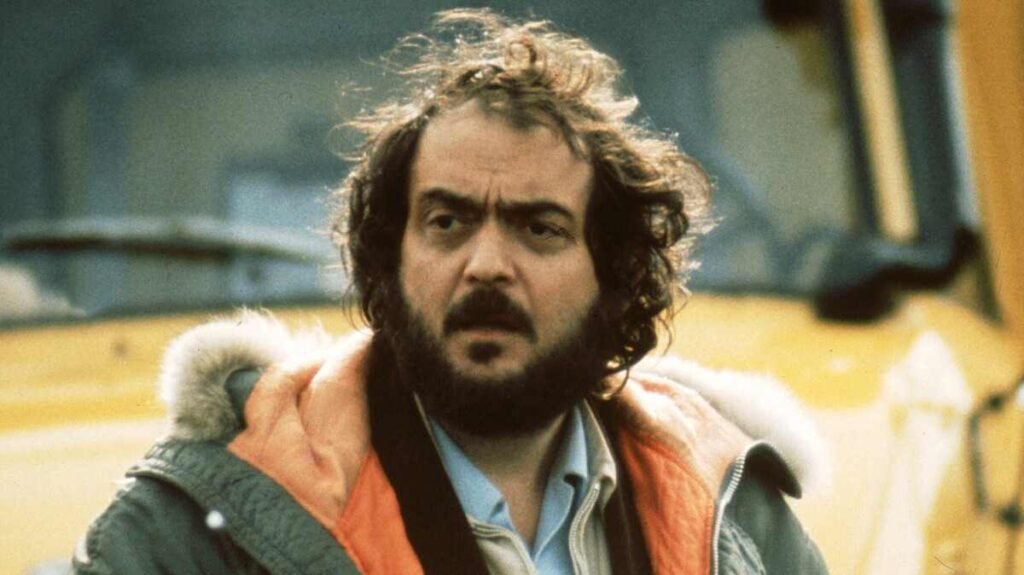
Even though Stanley Kubrick was a challenging filmmaker to cope with, his legacy persists. He directed thirteen theatrical works, including the posthumously released Eyes Wide Shut (1999), Dr. Strangelove (1964), A Clockwork Orange (1971), and Full Metal Jacket (1987). All of these films are recognized masterpieces in their own right.
Kurbrick got relatively few plaudits for his directing and was even nominated for a Golden Raspberry Award for Worst Director for The Shining (1980). Nevertheless, his directing style—particularly about camerawork and framing—has impacted numerous film directors, and his films have been labeled some of the most influential of the twentieth century. Over his career, Kurbrick was nominated for thirteen Academy Awards but only won one for outstanding visual effects in 2001: A Space Odyssey (1968).
8. Ray Satyajit
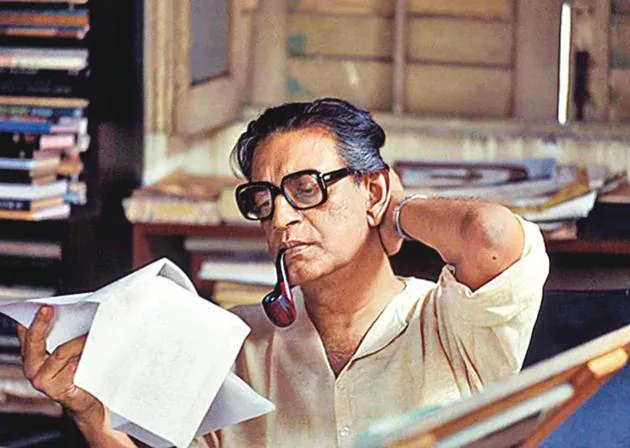
The Apu Trilogy (1955–1959), The Music Room (1958), The Big City (1963), and Charulata (1964), paired with the Goopy–Bagha trilogy, are the most well-known works directed by Indian Satyajit Ray. Ray drew influence for his films from the Italian neorealist movement, but he established his distinctive style by utilizing performers from a range of backgrounds, meticulous editing, and classical Indian music.
Francis Ford Coppa and Christopher Nolan have also acknowledged Ray as an influence on their work; director Akira Kurosawa once said of his films, “Not to have seen the cinema of Ray means existing in the world without seeing the sun or the moon.” The International Film Festival of India named its annual Lifetime Achievement award after Ray to celebrate the auteur’s legacy in Indian cinema.
9. Federico Fellini
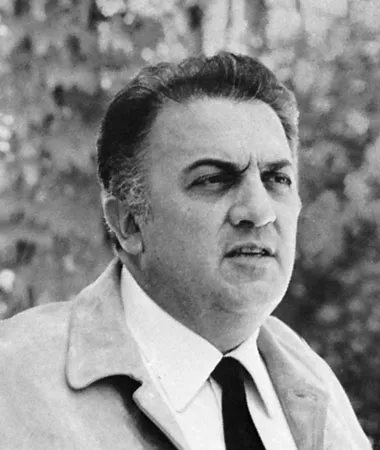
Federico Fellini won a record four Oscars in the Best Foreign Language Film category over his almost 50-year career, and his most well-known films are Nights of Cabiria (1957), La Dolce Vita (1960), 8½ (1963), Roma (1972), Amarcord (1973), and Fellini’s Casanova (1976).
After leaving Rome’s law school to work in radio, Fellini eventually became involved in the Italian neorealist cinema scene through Roberto Rossellini. He co-directed his debut feature film, Variety Lights (1951), with Alberto Lattuada, but is most known for his post-neorealist art films, which gave rise to the names “Fellinian” and “Felliniesque,” which are used to characterize lavish and fantasy films and artwork.
10. Chantal Akerman
Chantal Akerman is a Belgian female avant-garde filmmaker, notable for her work on Jeanne-Dielman, 23 quai du Commerce, 1080 Bruxelles (1975), News from Home (1976), and Je Tu Il Elle (1974). Her impact on film has given her the nickname “director’s director.”
Later in her career, she was a professor of cinema and media. She worked on various documentaries, art shows, and short films in addition to her feature films. In 2022, she became the first female filmmaker to rank first on Sight & Sound’s list of the Greatest Films of All Time.
11. Coppola Francis Ford
One of the most honored film directors in history, Francis Ford Coppola is acknowledged as one of the leading lights of New Hollywood and has garnered five Academy Awards, six Golden Globes, two Palmes d’Or, and a British Academy Film Award.
Famous for movies like The Godfather Trilogy (1972–1990), Apocalypse Now (1979), and The Outsiders (1983), Coppola has dabbled in several commercial enterprises, such as winery ownership. After Twist (2011), he took a hiatus from directing, and he is presently constructing Megalopolis, which is planned for release in late 2024.
12. The late Orson Welles
During his over fifty-year career, Orson Welles became well-known not just as a film director but also in theater, radio, magic, and acting. His most famous picture is arguably his directorial debut, Citizen Kane (1941), although he also directed pictures such as The Magnificent Ambersons (1942), The Stranger (1946), The Lady from Shanghai (1947), Macbeth (1948), Othello (1951), and Chimes at Midnight (1966).
Welles is noted for his prolonged shots, notably the opening sequence in Touch of Evil (1958), which clocks in at over 6 minutes (however it is not the longest picture in the film; there is another uninterrupted view that goes for 12 minutes later in the film).
His work pioneered deep focus, a manner where the fore, mid, and backgrounds are all in focus. Welles’s innovations in camera technology are partly responsible for his ranking on this list. Many of his films pushed technological limitations for their eras and pioneered ways for visual storytelling.)
13. The works of Hayao Miyazaki
Hayao Miyazaki is one of the most influential filmmakers in animation history. His work as a director, animator, manga artist, and co-founder of Studio Ghibli has demonstrated that animated films are not just for children. Miyazaki gained popularity in Japan with films such as My Neighbor Totoro (1988), Kiki’s Delivery Service (1989), and Princess Mononoke (1997). After Spirited Away came out in 2001, his work acquired fame in the United States as well.
Spirited Away and The Boy and the Heron (2023) are the only two non-English-language films to win two Academy Awards for Best Animated Feature.
His films encompass themes of feminism, environmentalism, and family; he has become recognized for his dreamy storylines and stunning cinematography; many other film directors have cited him as an inspirational director, and he even had a part in Disney’s comeback in America.
14. Howard Hawks
Film critic Leonard Maltin famously referred to Howard Hawks as “the greatest American director who is not a household name.” Perhaps this is because Hawks was a chameleon who could execute masterfully created pictures across genres with exquisite cleanliness rather than having a specific directing style.
The Academy granted Hawks a special accolade in 1975 even though he never earned an Oscar. The statement stated, “To a giant of the American cinema whose pictures, taken as a whole, represent one of the most consistent, vivid, and varied bodies of work in world cinema.”
Hawks started in silent film before converting to “talkies” in 1928 with the now-lost feature The Air Circus. He went on to produce masterpieces such as Bringing Up Baby (1938), His Girl Friday (1940), The Big Sleep (1946), A Song Is Born (1948), and Rio Bravo (1959).
15. The filmmaker Martin Scorsese
Even though he had previously directed 1967’s Who’s That Knocking at My Door, filmmaker Biran De Palma introduced him to Robert De Niro, who helped them produce Mean Streets (1973), and the two went on to cooperate on other projects over the following 50 years. Martin Scorsese, who is presently 82 years old, began creating short films while attending NYU’s Tisch School of the Arts.
In his Golden Globe Award for Best Director for 1917, Sam Mendes said, “There’s not one director in this room, not one director in the world, that is not in the shadow of Martin Scorsese.”
Bong Joon-ho also referenced Scorese in his acceptance speech for the Academy Award for Best Director for Parasite. Scorsese has made 26 full-length films, including Taxi Driver (1976), Raging Bull (1980),
The King of Comedy (1982), Goodfellas (1990), The Age of Innocence (1993), Casino (1995), Kundun (1997), Hugo (2011), and most recently Killers of the Flower Moon (2023). Scorsese has been nominated for 16 Oscars but has only won one (Best Director for 2006’s The Departed).
16. Agnès Varda
Although Agnès Varda’s husband, Jacques Demy, is one of the more well-known personalities associated to the French New Wave, her works are among the most avant-garde in a genre famous for its experimentalism. During her more than 60-year career, she created a range of films, including Faces Places (2017), La Pointe Courte (1955), Cléo from 5 to 7 (1962), Vagabond (1985), and The Gleaners and I (2000)
Varda began her professional life as a photographer before joining the Left Bank Cinema group. Martin Scorsese named her “One of the Gods,” and her work has impacted a number of other directors.
17. Director Steven Spielberg
The art of the blockbuster film has been perfected by Steven Spielberg. With movies like Jaws (1975), Raiders of the Lost Ark (1981), Jurassic Park (1993), Lincoln (2012), and West Side Story (2021), Spielberg has established himself in nearly every major film genre. His films are engrained in American society, and seven of them have been entered into the Library of Congress as “culturally, historically, or aesthetically significant.”
He got three Oscar nods out of 22 nominees, including Best Director for Schindler’s List (1993) and Saving Private Ryan (1998). In addition to garnering high acclaim from critics, some of his movies have smashed records for greatest box office revenues. E.T. Even after accounting for inflation, 1982’s The Extra-Terrestrial remains the fourth-highest-earning movie. His most recent film, The Fabelmans, was released in 2022, and he is still actively working.
18. Van Peebles, Melvin
Melvin Van Peebles built a reputation for himself as a writer in France after failing to obtain a break in Hollywood in the late 1950s. His first full-length feature film, The Story of a Three-Day Pass (1968), was directed in Paris. Although he was born in Chicago, he was mistaken by producers for a French actor, which allowed him to direct Watermelon Men, his first Hollywood feature (1970).
In addition to being a director, Van Peebles was also an author, playwright, musician, actor, and editor. Many persons attribute the blaxploitation genre to him. After producing $15.2 million off a $150,000 budget, Sweet Sweetback’s Badass Song (1971), his third feature-length picture, became the highest-grossing American independent film at the time. Despite his passing in 2021, his impact and contributions to modern Black theater and film continue.
19 . Rajendra Kapoor
India’s third-highest civilian accolade, the Padma Bhushan, was bestowed to him in 1971. In honor of him, Filmfare also named its Lifetime Achievement Award. Kapoor accomplishes a combination of realism and the whimsical in his films, generating a romantic and grandiose atmosphere.
In Indian film, Raj Kapoor has been nicknamed the “Greatest Showman.” In the 1930s, Kapoor began his cinema career as a young actor. Nonetheless, 1948’s Aag marked his directorial debut. He later got nominations for Awaara (1951) and Boot Polish (1954) for the Palme d’Or at the Cannes Film Festival.
20. Sidney Lumet
Sidney Lumet, whose father was a performer in the Yiddish Theater, began directing off-Broadway productions. Early in the 1950s, he turned to television, and in 1957, he directed his first motion picture, 12 Angry Men.
His other directing works include A View from the Bridge (1962), Serpico (1973), Dog Day Afternoon (1975), Murder on the Orient Express (1974), Network (1976), and his final film, Before the Devil Knows You’re Dead (2007).
Throughout his more than 50-year career, he directed comedies, musicals, and even horror flicks, but he is most famous for his anti-authoritarian films about working-class New York. His collaborative approach to filmmaking was well-known, and he was recognized for cultivating an environment on set where everyone could contribute their ideas, which embodied his anti-authoritarian principles.
Also Read OSCAR 2024 WINNERS: COMPLETE LISTS OF THE 96TH ACADEMY AWARDS WINNERS!
Source: Forbes
Discover more from The Mass Trust
Subscribe to get the latest posts sent to your email.







